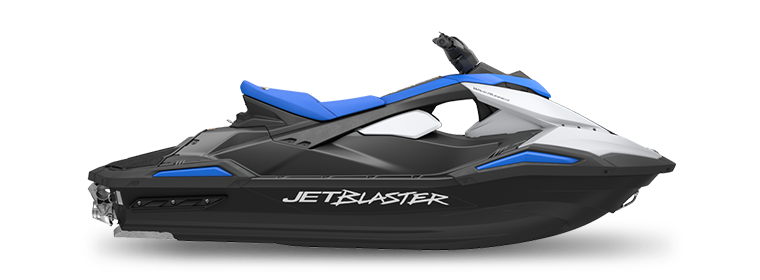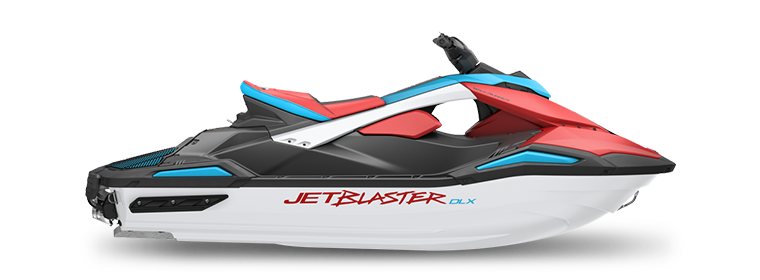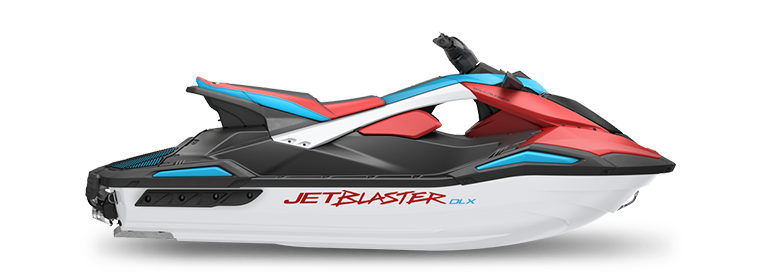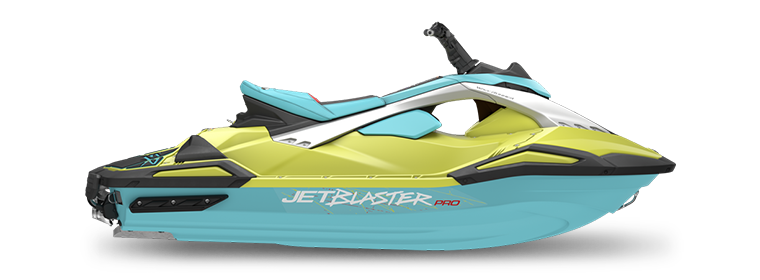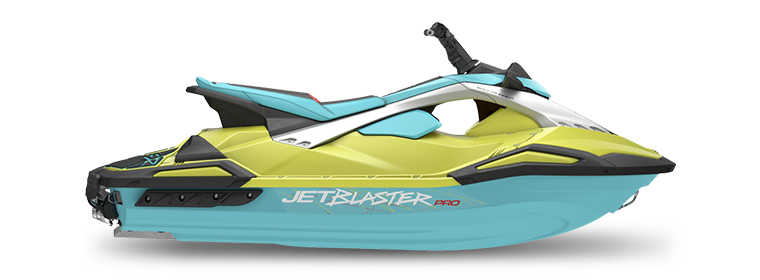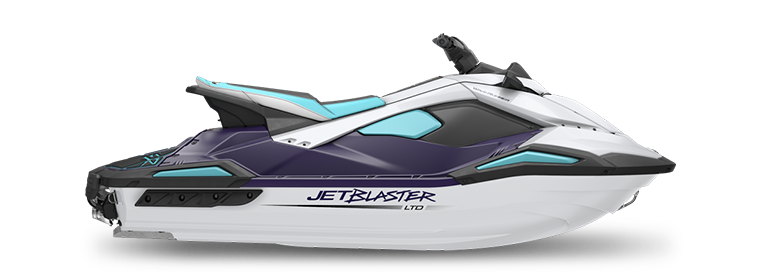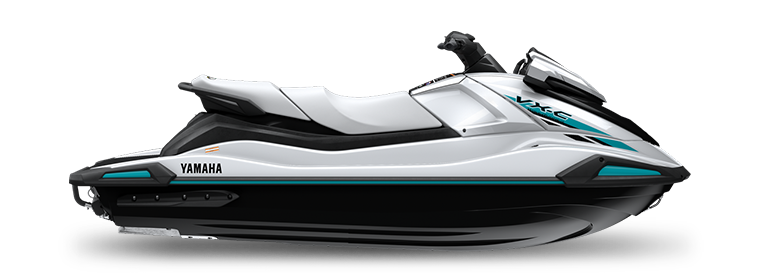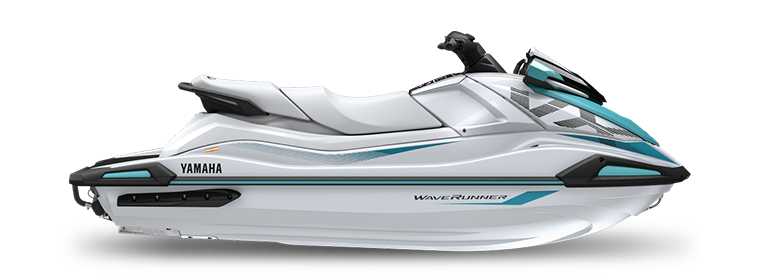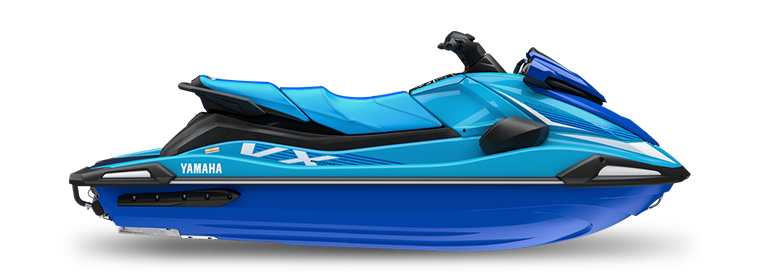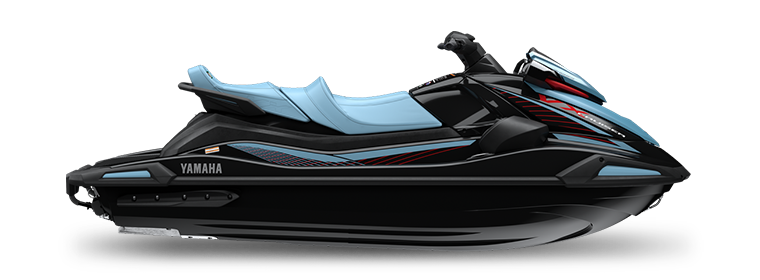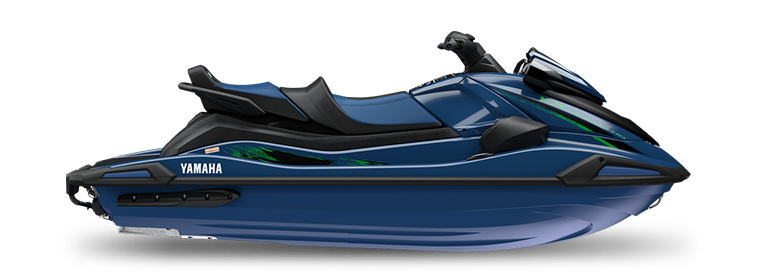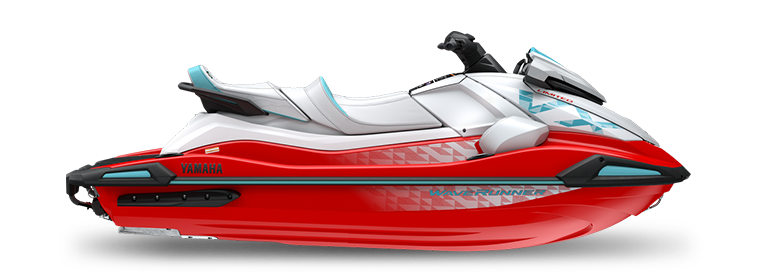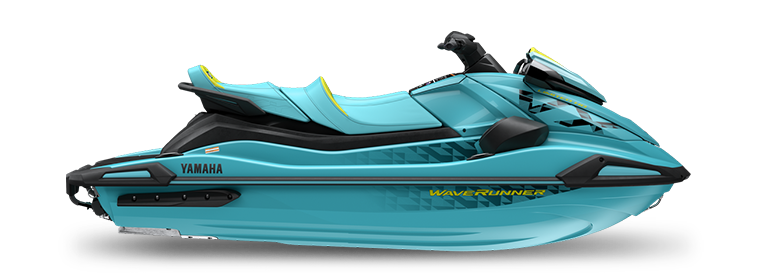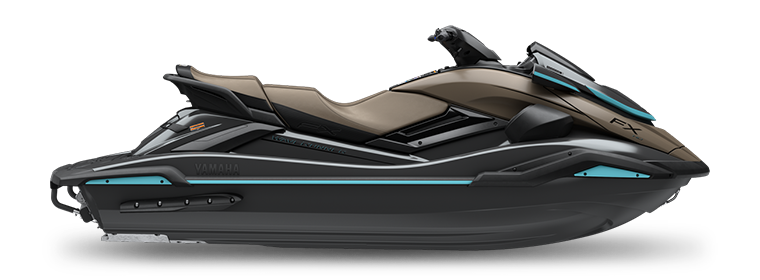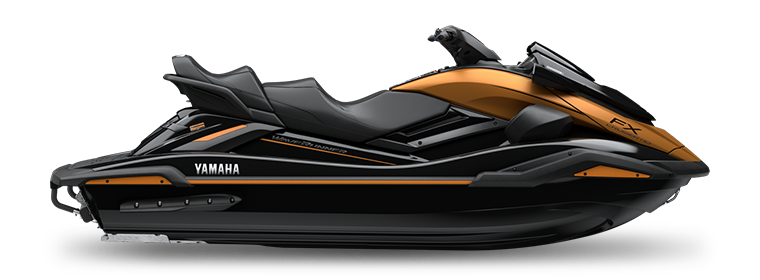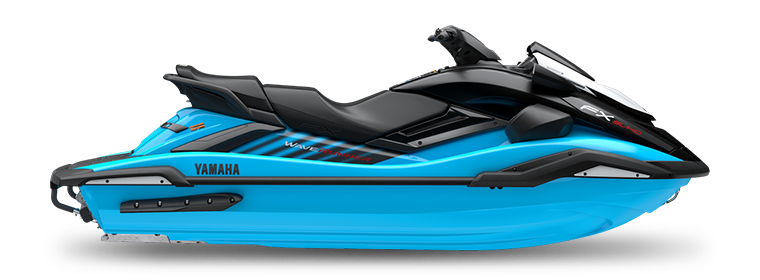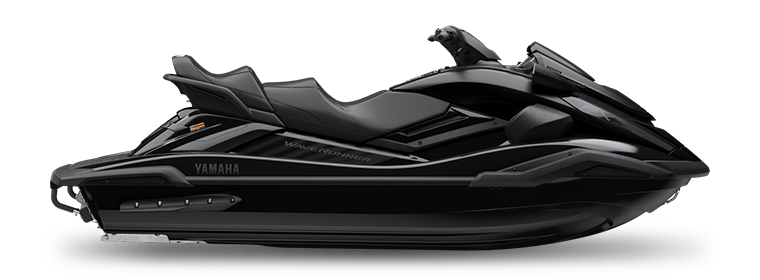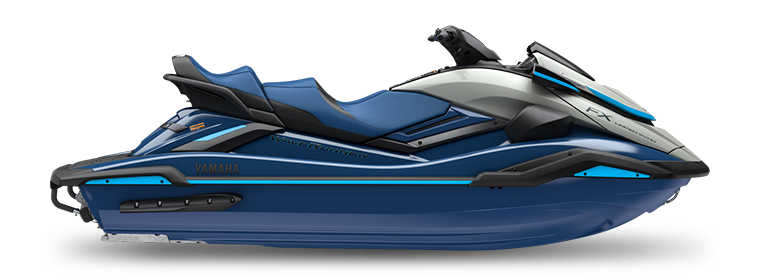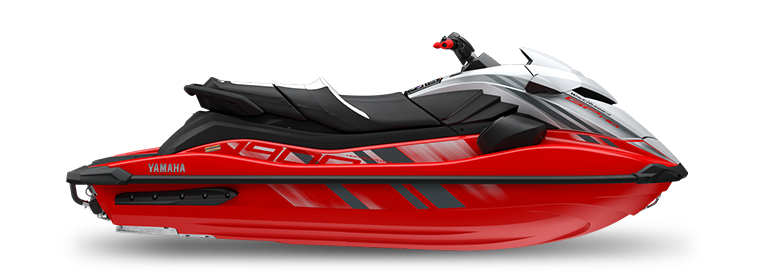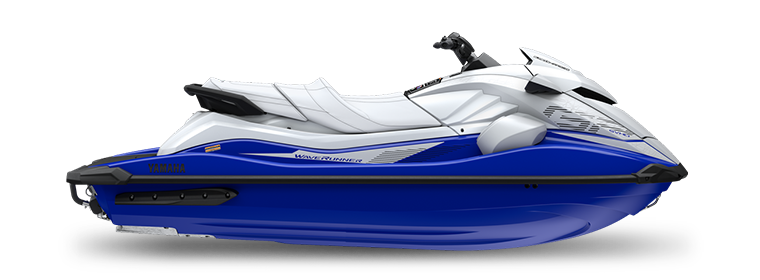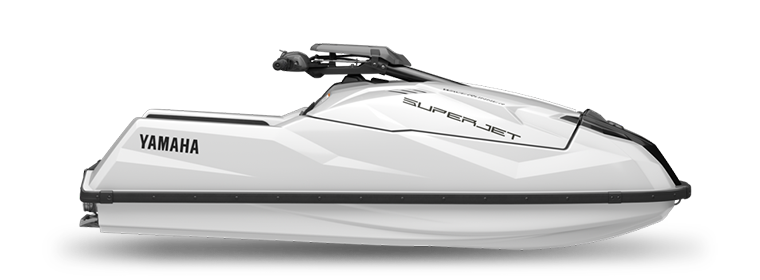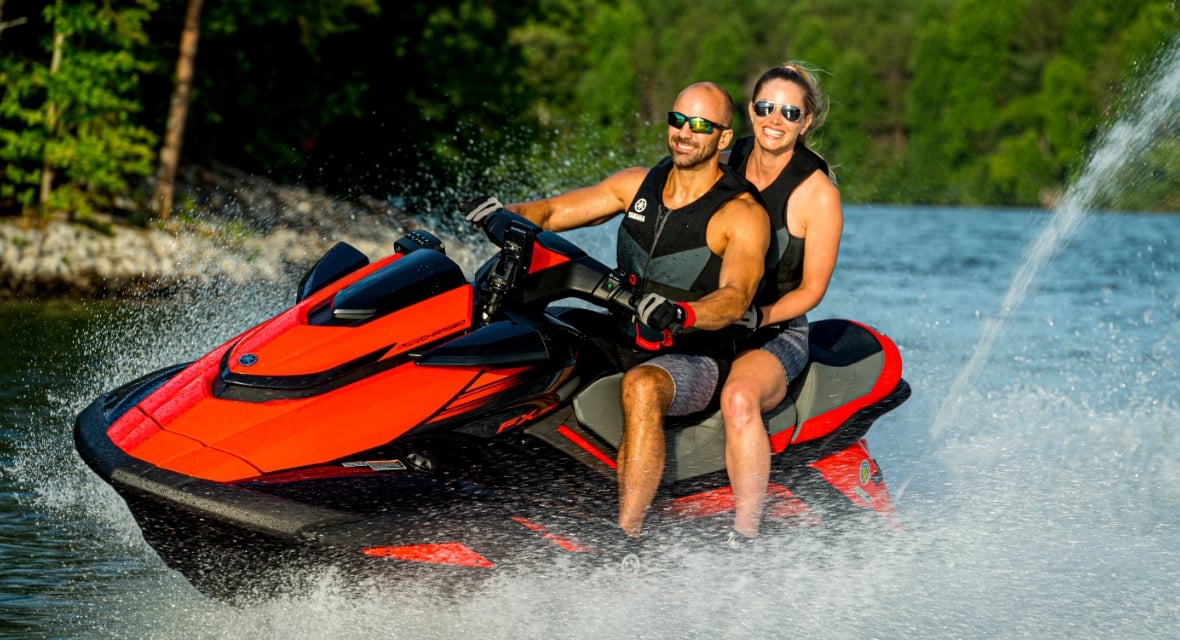Just like bigger boats, personal watercraft need a spring commissioning and a shake-down cruise.
A proper winterization in the fall means you should be able to get your PWC back on the water quickly come spring. It doesn’t, however, mean you don’t need to give your craft any attention before that first splash. Here are seven simple steps to make sure you’re truly ready for the season.
SPRING CLEANING
Start by getting your craft out from under cover, taking off the saddle, and giving the engine compartment a visual inspection. Fuel and water lines should be soft and supple; if you spot cracks or hardening, replace them now while it’s convenient. Likewise, check all electrical connections. If you notice any buildup or corrosion, clean them up with a wire brush and paste made from baking soda and water, then follow up with a light coating of dielectric grease.
BATTERY MAINTENANCE
Ideally, you’ve kept your battery on a maintenance charger over the winter so it should be almost good to go. If your battery is not of the sealed variety, top off the water level with distilled water in any low cells, then clean the exterior case and terminals with that same baking soda-and-water paste. If you’ve missed any corrosion on the terminals, remove it with the wire brush. Dry everything, securely connect your battery cables (positive first, negative last), then coat the terminals and cable connections with a light coating of a dielectric grease. Why dielectric, and not just everyday grease?It’s non-conductive.
Consider using a battery-specific maintenance product, which removes corrosive build-up on battery terminal posts to help increase power output and extend battery life.
INHIBIT CORROSION
Don’t miss the opportunity to perform a preemptive strike against corrosion. While the engine is probably the cleanest and driest it will be all season, spray a protective layer of a silicone, anti-corrosion spray on the top and sides. For the bottom, opt for a heavier type of corrosion inhibitor. “The lower parts of the engine are very hard to get to,” explains Yamaha’s Steve Friedrich, nicknamed Dr. Yamalube. “A silicone spray over time will dissipate, or slowly disappear. A product like Yamashield is a heavier type of corrosion inhibitor, and the only way to really break it is with solvent.” Friedrich also recommends such a product for all of a PWC’s underwater aluminum components, including the pump and ride plate.
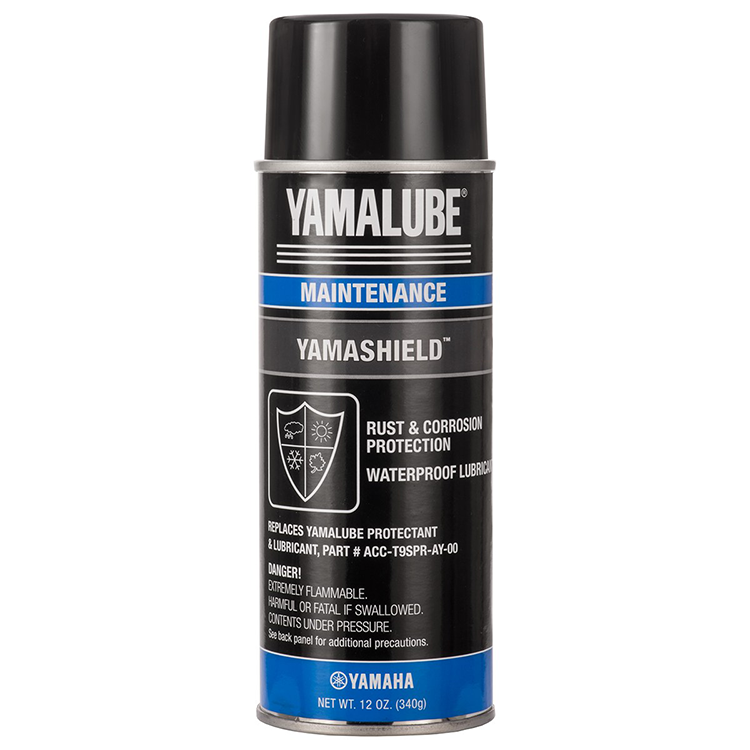
Heavy corrosion inhibitors like Yamashield dry to a wax-like coating that typically lasts about three months.
FRESH COAT
With the engine compartment buttoned up, turn your attention to the craft’s exterior. Ideally, you gave the craft a thorough wash and wax in the fall, but now is a good time to freshen it up and give the surface one last dose of protection. A wash n’ wax product should do the trick. It’s also a good idea to give the saddle a dose of a vinyl cleaner and conditioner, but avoid common vinyl “protectant” products which can make the vinyl slippery.
Instead of using the usual vinyl cleaners and protectants, opt for a “non-slip” alternative that includes UV protection and is designed for marine use.
TRIAL RUN
With everything clean and protected, now is a good time to make sure the engine starts and runs properly. Rather than truck your craft to the water, do a test run on a flush hose using the factory-recommended flush attachment. Remember to follow the proper order to avoid engine damage; start the engine before turning on the water supply, and turn off the water supply before stopping the engine. In addition to making sure the engine runs properly, this initial run on a flush hose will also clear out the fogging oil that has coated the internals since last fall.
DON’T BE FUELISH
Worried about your fuel? If you conditioned it properly for storage, it should be fine. If not, don’t take any chances, especially if it contains ethanol. Empty the tank and fill with fresh fuel, making sure to add the correct fuel additives for your usage. If you’re going to be using that fresh tank of gasoline within a week after purchasing, Friedrich suggests there is no need to stabilize the gasoline, but instead recommends a continual-use product like Yamaha’s Engine Med RX with every fill up. It differs from a fuel stabilizer in that it is first a cleaner for the engine’s internal components, and secondly a powerful corrosion inhibitor. The cleaner/de-carboning properties get rid of carbon deposits on pistons, cylinder heads, and valves, and cleans gums and varnish build-up.
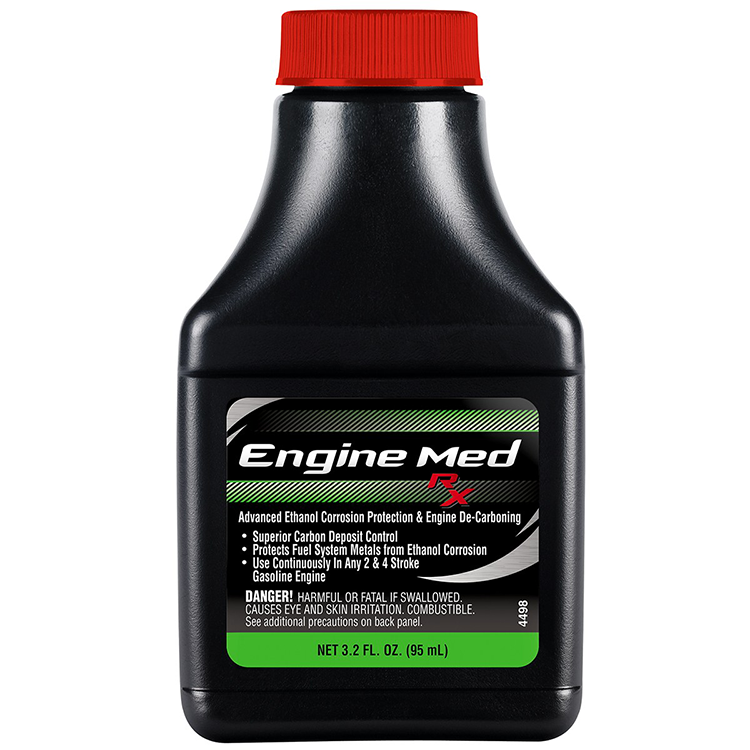
The corrosion inhibitors in Engine Med RX also fight the negative effects of sulfate salts found in ethanol-enhanced gasoline and ocean water salt, which corrode the metals in the fuel system.
LESSONS LEARNED
You didn’t do the recommended winterization? Don’t make the same mistake next fall. In particular, make sure you change your engine oil before, not after, storage. Though it may seem wise to start the year with fresh lubrication, contaminants from the combustion process and heat can turn oil from an alkaline to an acidic state. These acids can result in corrosion and etched bearings. Proper winterization also ensures the fastest return to the water come spring.
Says Friedrich: “As long as you’ve done everything properly in the winterization, you should have a worry-free season.”
And as every boater knows, that’s the best kind of season there is.

